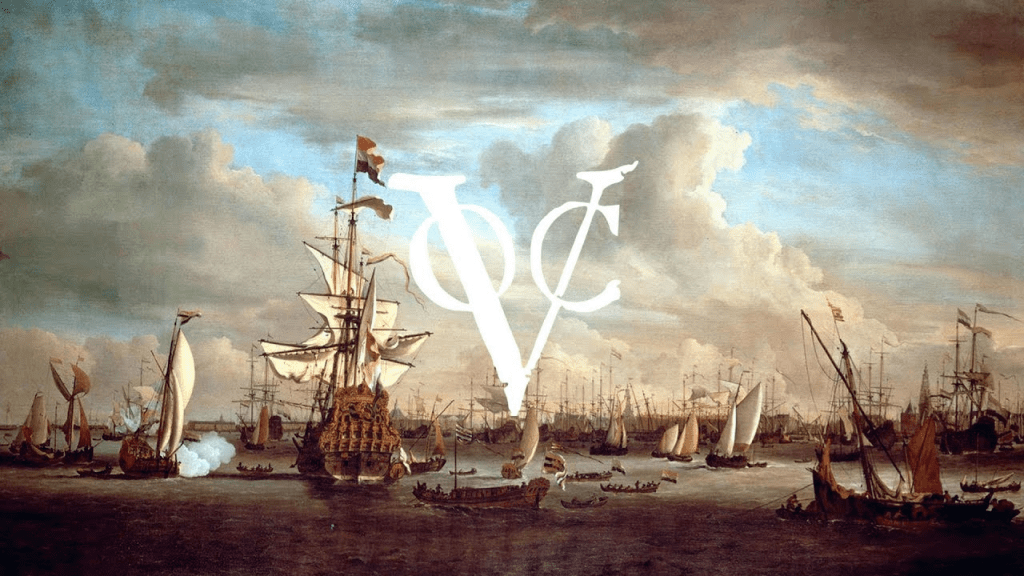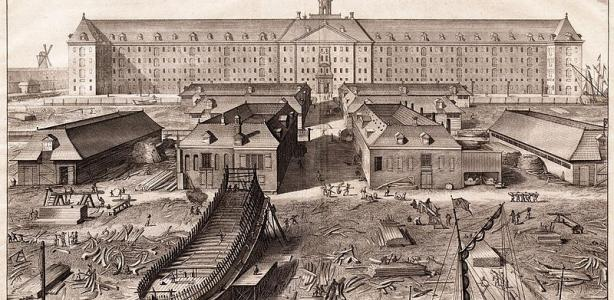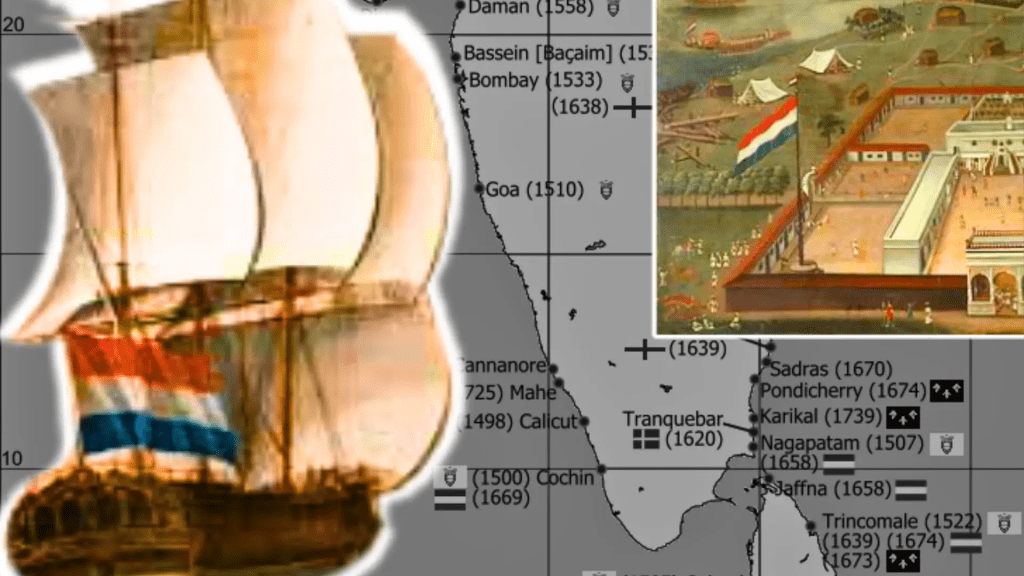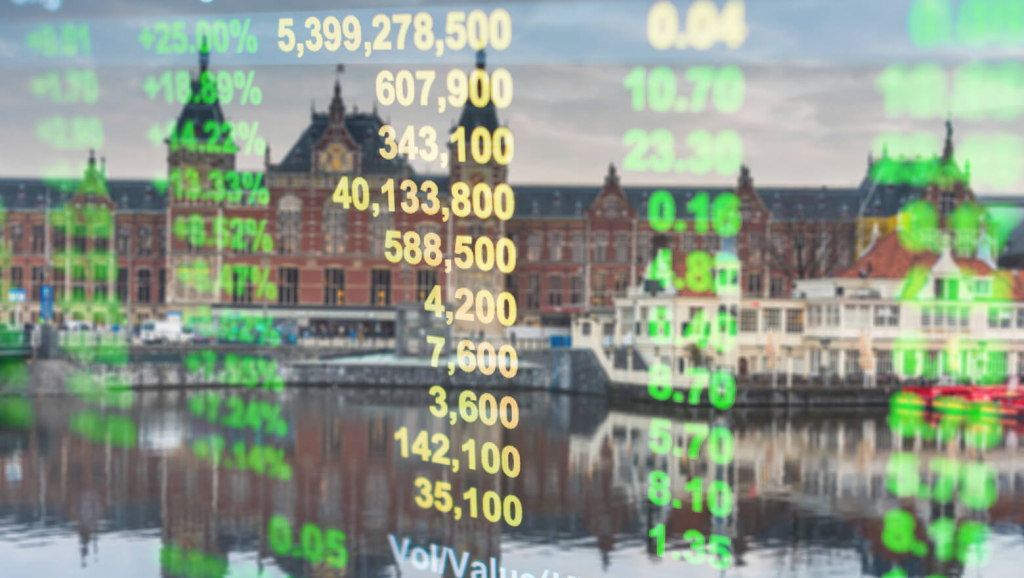Today, we tap on screens to buy stocks, monitor crypto, or build retirement portfolios. But the world of investing as we know it didn’t begin on Wall Street. It began over 400 years ago in the bustling port city of Amsterdam. In 1602, a bold financial innovation forever changed global economics: the Dutch East India Company became the first company to offer shares of ownership to the public. And just a few years later, in 1611, the Amsterdam Stock Exchange opened its doors laying the foundation for the modern financial markets we rely on today.

A Company Like No Other
The Dutch East India Company, or Vereenigde Oostindische Compagnie (VOC), was created to finance and control Dutch trade with Asia. It wasn’t just another trading enterprise. It was a multinational powerhouse backed by the Dutch government, granted quasi-governmental powers, and given a 21-year monopoly on trade routes east of the Cape of Good Hope.

But what made the VOC truly revolutionary wasn’t just its size or its reach it was how it raised money.
Instead of relying solely on kings, nobles, or wealthy merchants for capital, the VOC turned to everyday Dutch citizens. For the first time in recorded history, the public was invited to invest in a company in exchange for partial ownership. These shareholders would share in both the profits and the risks of far-reaching trade expeditions.
Video:
The Dutch East India Company: The Richest Company In The World
The First IPO: A Financial Revolution
In 1602, the VOC launched the world’s first Initial Public Offering (IPO). Investors could buy shares in the company and receive dividends based on the profits it earned from spices, silks, and other exotic goods brought back from Asia. Thousands of people bought in, from wealthy merchants to ordinary citizens. For the first time, investing wasn’t just for aristocrats or elites it was for anyone with money and vision.
This concept changed everything. It meant that risk and potential reward could be shared. No longer did one wealthy individual have to fund a risky sea voyage alone. Now, dozens or hundreds could pitch in, reducing their exposure while still hoping for big returns.

The Birth of the Stock Exchange
By 1611, the financial buzz created by VOC shares led to something new: the Amsterdam Stock Exchange. Located near the city’s Damrak harbor, this was the first formal venue where people could buy and sell company shares in a structured, ongoing way.
Video:
Hoe zijn de VOC en de WIC ontstaan?
It became a central hub for merchants, investors, and speculators. Price information spread quickly. Market trends began to emerge. And soon, people weren’t just investing in trade they were investing in ideas, innovations, and one another.
A Legacy That Shaped the World
The ripple effect of that first IPO and exchange is hard to overstate. The basic idea behind public investment—companies raising funds by selling equity to the public still powers global markets today.
In time, more stock exchanges followed: London, Paris, New York. The model refined, expanded, and evolved. But the DNA of every public company today Apple, Tesla, Amazon traces back to those wooden ships, that first public share offering, and the cobbled streets of Amsterdam.

A Story of Risk, Reward, and Vision
What started as a practical solution to fund dangerous voyages grew into the backbone of capitalism. The VOC’s financial innovation wasn’t just about spices or silk it was about believing that ordinary people could help shape the future by investing in it.
And more than four centuries later, we’re still doing just that.


